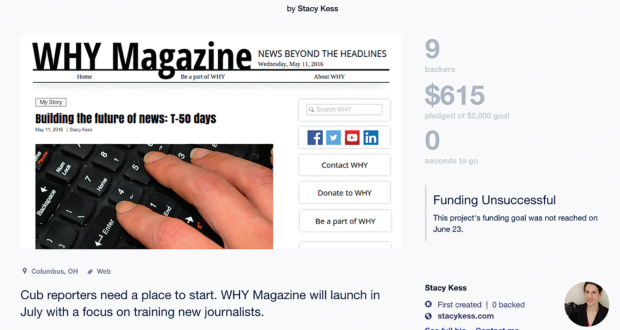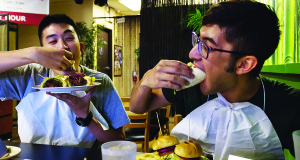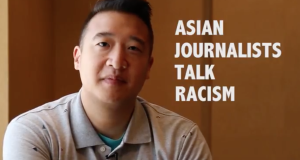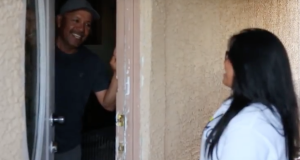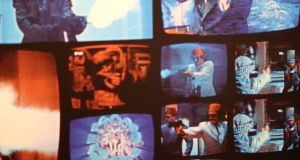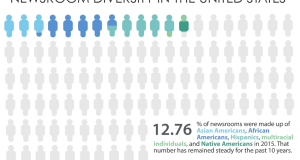Stacy Kess, an Ohio-based freelance reporter, launched her Kickstarter campaign in May this year.
To start her project, she had to first list a description of her campaign: she wanted to create a publication where young journalists could learn balanced reporting and present a well-rounded picture to an audience. And she needed Kickstarter to get the funds to help her start it.
Raising small amounts of money from large amounts of people can raise concerns about pressure from those who give money, similar with with traditional advertising. However, some reporters and media ethics professionals aren’t seeing any issues, as long as the process is honest and open.
Kathleen Culver, director of the University of Wisconsin’s Center for Journalism Ethics, said individual reporting projects can get off the ground with this type of funding, although like with any kind of journalism, editorial independence has to be a concern.
“So if it’s crowdfunded, you should be avoiding the influence of people who made donations to you. If it is donor funded, like funded by a foundation, that foundation should not have a say in your reporting. If it is advertising supported, advertisers should not have a say,” she said. “So independence is one of the hallmark ethics in journalism that we need to pay attention to regardless of where the money is coming from.”
The number of crowdfunded journalism projects increased tenfold between 2015 and Kickstarter’s launch in 2009, earning nearly $9 million, a Pew Research Center study published at the beginning of this year found.
Kickstarter is one of the largest sites for crowdfunding and the only one to offer a distinct journalism category. Pew Research Center researchers analyzed publicly available data for proposed projects in Kickstarter’s journalism category.
Magazine projects were the most popular format for crowdfunded journalism projects, whether they were for launching new publications, expanding coverage or standalone articles.
Kess only used Kickstarter to help pay for WHY Magazine’s startup costs, rather than fund content-related projects later on. She wants young reporters to be trained away from advertisers’ influence.
“I don’t want to do that because I don’t want that pressure on my writers. The whole concept of WHY is training journalists. If I were to go to Kickstarter or any of the other [crowdfunding] platforms to fund a particular project for one of the apprentices, what I could see is a problem with that,” she said, citing concerns that donors would also not fund an article that would take an impartial view.
Her campaign ended in June without meeting her funding goal. However, she plans to try again later this year.
Linda Solomon Wood, editor-in-chief of the National Observer, successfully used Kickstarter for three campaigns, with her latest one funding a series on climate change in 2015. For her, crowdfunding is the cleanest relationship to have with people funding her organization’s work.
As the editor, she’s the one in communication with the donors, so there is a separation between them and the reporters.
“Have I ever had anybody write me and tell me that we weren’t doing the right kind of coverage? No. Because once again I think that where the integrity lies in all this is conceiving a project that you really are going to do,” she said.
Her previous Kickstarter projects were already in motion, so she and her organization had a track record in delivering their stated goals.
Culver advises that it’s important for project producers to communicate their ethics to the donors: why the story is untold, how it will serve the public interest.
“Talking about why we do what we do is something we often miss in journalism and I think it’s a big ethical win when we do it,” she said.
 VOICES Publishing from the AAJA National Convention
VOICES Publishing from the AAJA National Convention

